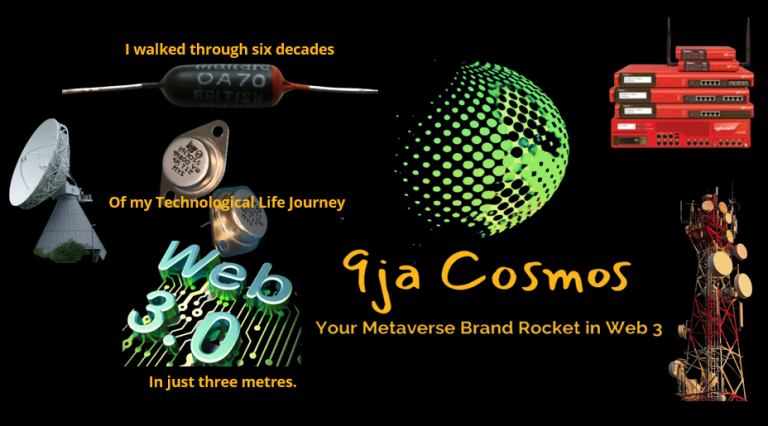
Some may not know this about me…
Web 3 Domains is not my first technology rodeo.
Nor was leading the defence of the first recertification audit for the first company in Africa to be TL9000 certified.
Register for Tekedia Mini-MBA edition 18 (Sep 15 – Dec 6, 2025): registration continues.
Tekedia AI in Business Masterclass opens registrations.
Join Tekedia Capital Syndicate and co-invest in great global startups.
Register for Tekedia AI Lab: From Technical Design to Deployment.
Nor was project managing the first ever industry CRM/ERP for UK Construction (Safebuild)
… and many other things that I’m going to just stop talking about for fear of being accused of blowing my own trumpet too much.. which would probably be fair!
No.. the first technology I mastered was when I was around eight years old, and it was what was called a PoW (Prisoner of War) Radio.
If you check online you will find lots of examples of what were called ‘Foxhole’ radios featuring a razor blade, but actually the very first such radios were made using coke.
Many of you may have heard of Silicon valley in the US, where there is a high concentration of semi-conductor related businesses and the phrase ‘silicon chip’
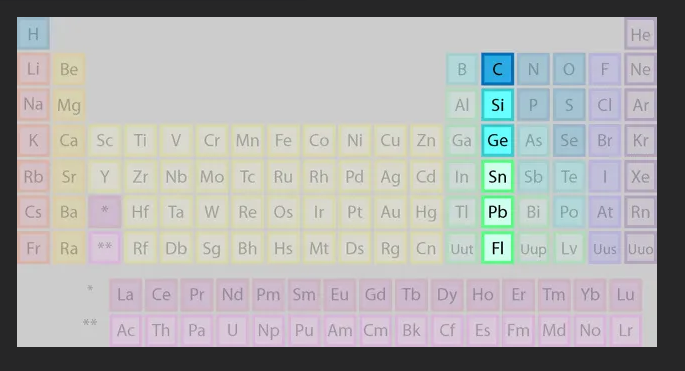
Carbon is in the same group in the ‘Periodic Table of Elements’ to Silicon and so has properties it shares with Silicon. This ‘family’ of elements, have a unique ‘half full, half empty’ outer orbit electron configuration which makes them equally able to form covalent chemical bonds (poor conductor) and ionic chemical bonds (good conductor) giving them ‘semi-conductor’ properties. This means electricity can be made to flow one way in the substance and not the other way. This is the basic principle of ‘amplification’ circuits.
Coal burning was common throughout the periods of the major world wars and coke is the carbon residue that is left over after coal burning. In even the most severe of PoW camps, coke was distributed on pathways to stop them from getting muddy, so it was easy for someone to pick up a piece off the ground without looking suspicious.
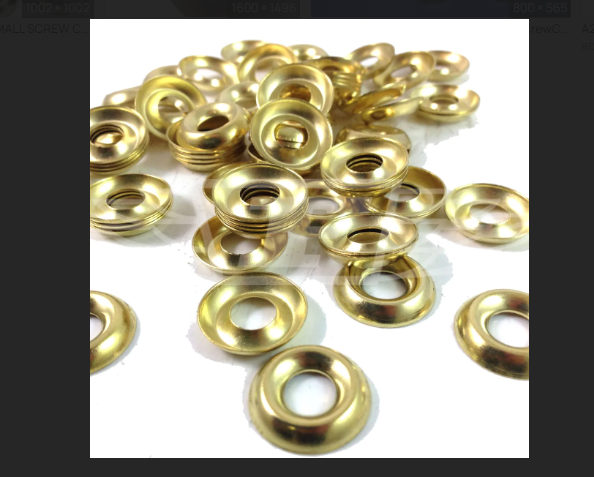
I found a book written in the 1950’s in my Grandads attic, describing how to make several electronic circuits. It started with a ‘coke’ radio.
Moving on, through my late childhood and teens, I made many circuits and small devices.
I was always scrounging parts here and there, and never had the ideal component for a job as the book illustrated. I had parts from abandoned TV’s, radios, and various other devices. Once I had a power transistor that I salvaged from a fluorescent light assembly. Illustrations all involved brass screws and cup washers, and as the projects began to become more complex, and screws easily loosened, I had to acquire a soldering iron, some solder, and some blank printed circuit boards.
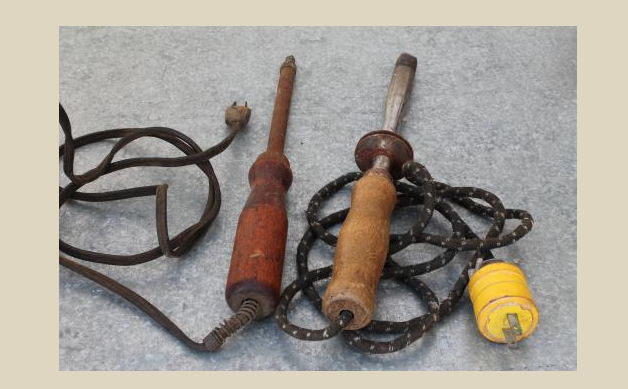
So while the technology I learned of started with a PoW Radio, my skillset started with soldering.
This brings me to today, where a few days ago, I was at a local event in Ireland addressing enthusiasts about the prospects in Web 3 Domains. The location was a modular unit inside an educational institute.
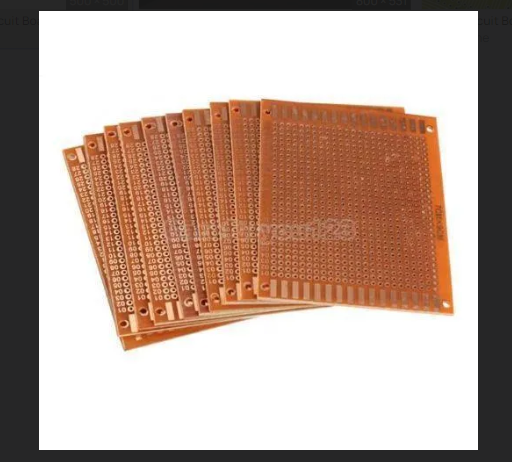
When I came out at the end of the event, I could get the whiff of melting rosin core solder from outside the adjacent unit. I got in a conversation with someone standing outside, who turned out to be an instructor for ‘enterprise training’.
Comparing early life notes, the instructor invited me to come in and give a short impromptu talk to a group who seemed to be learning electronic circuitry basics.
Having walked around and noticing what they were doing, I noticed a lot of ‘cold joints’, so I choose to focus on that as a topic.
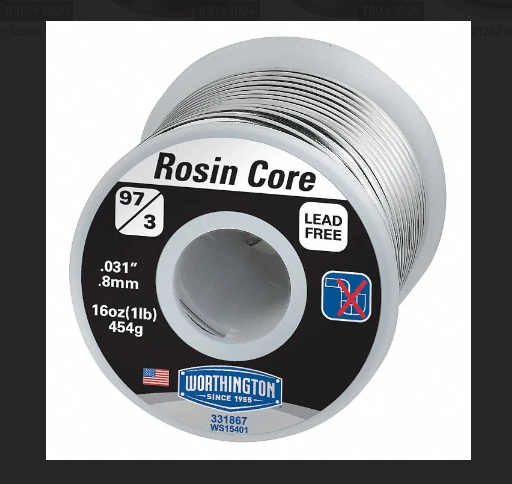
Cold Joint.
Lets take as example, a simple audio jack plug with two connection lugs at the back with holes. You need to solder a two core wire to the plug. The ‘solder target’ is a wire threaded through the hole on one of the lugs (terminals) at the back of the plug.
A cold joint happens when the ‘solder target’ is too cold for the molten solder which is being applied to it, intending to form a joint. The solder in this case just sits on the ‘solder target’ creating poor or intermittent contact. The solder often has a ‘globule’ like appearance, and after a bit of handling, it may fall off the joint entirely and the wire will become loose.
Cold joints are often formed as a result of melting solder off the iron, and allowing it to run onto the ‘solder target’.
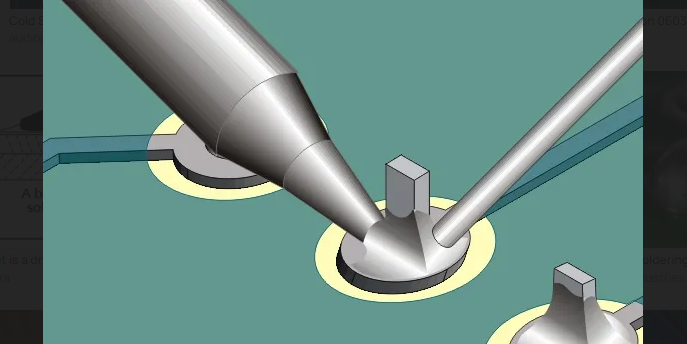
The right way to make a joint is to use the tip of the iron to raise the ambient temperature of the ‘solder target’ so that the solder can melt, not off the iron, but off the target area itself.
This will create a good joint.
I had a lot of fun demonstrating how to make a good joint.
Encountering the dawn of my technological journey right next to my current point in the path around fifty years later, in two adjacent business units was a surreal experience.
Meanwhile,
9ja Cosmos is here…
Get your .9jacom and .9javerse Web 3 domains for $2 at:
https://www.encirca.com/handshake-9jacom/
https://www.encirca.com/handshake-9javerse/
Other Reading:
www.testandmeasurementtips.com/why-silicon-and-germanium-are-semiconductors
spectrum.ieee.org/germanium-can-take-transistors-where-silicon-cant
en.wikipedia.org/wiki/Carbon_group
laurelleaffarm.com/item-pages/antique-heavy-copper-soldering-iron-lot-vintage-electric-soldering-irons-Laurel-Leaf-Farm-item-no-s251.htm
www.utmel.com/blog/categories/semiconductor/silicon-carbide-sic-the-third-generation-semiconductor-material
www.pcbdirectory.com/community/what-is-a-cold-solder-joint



